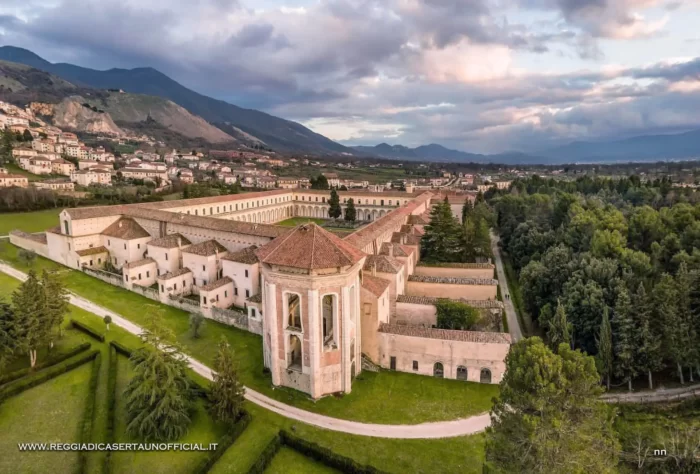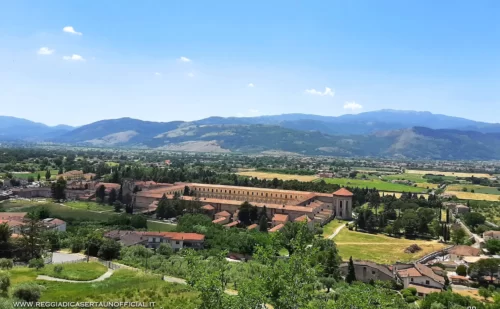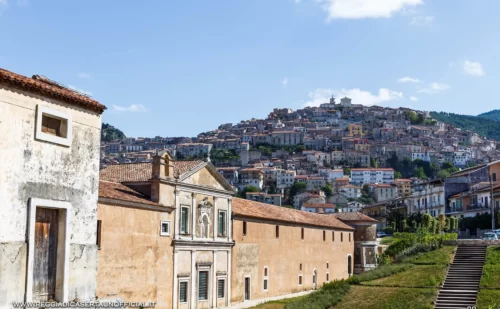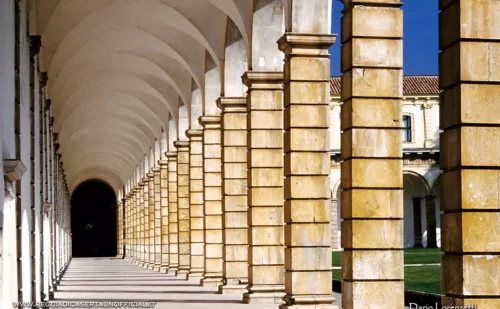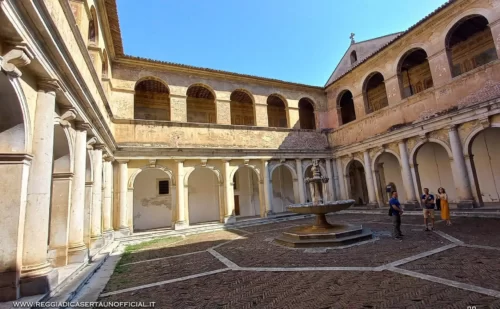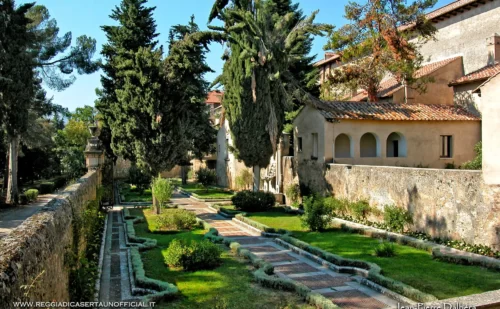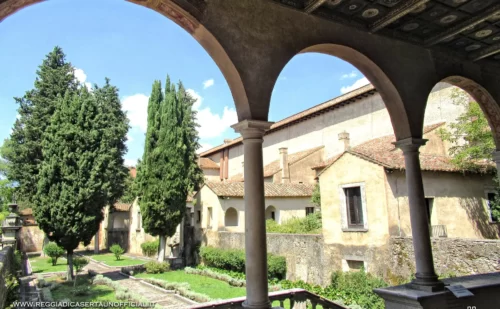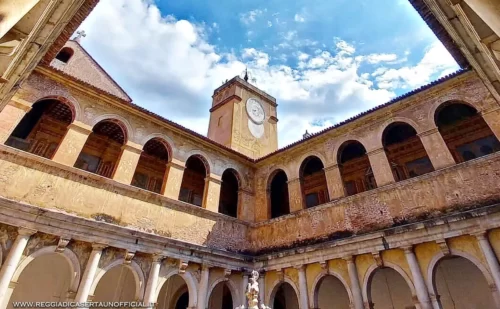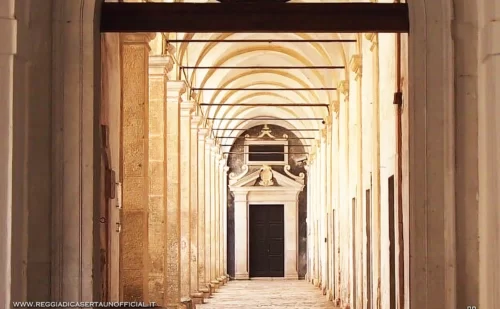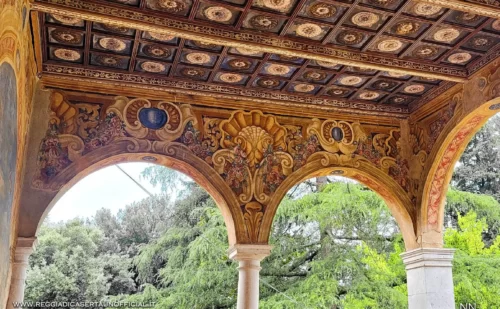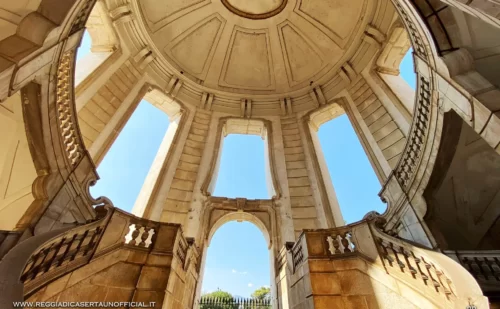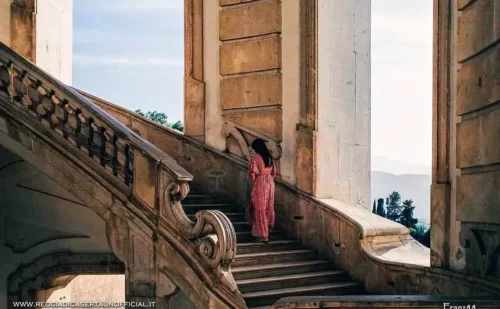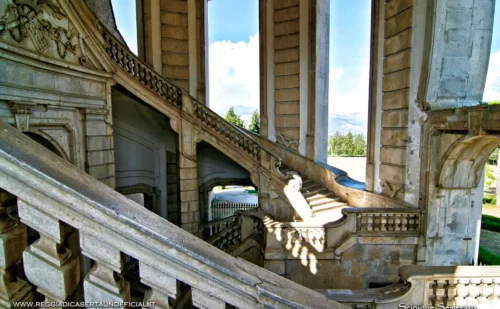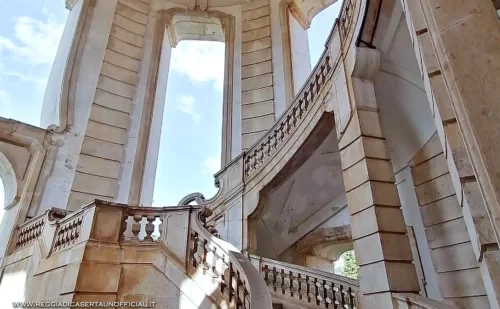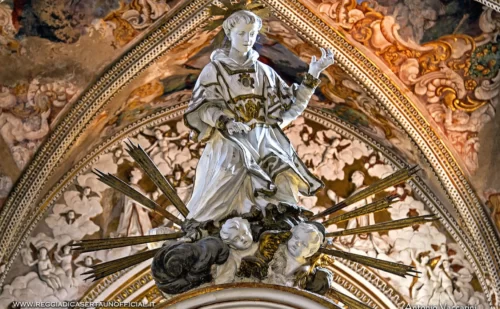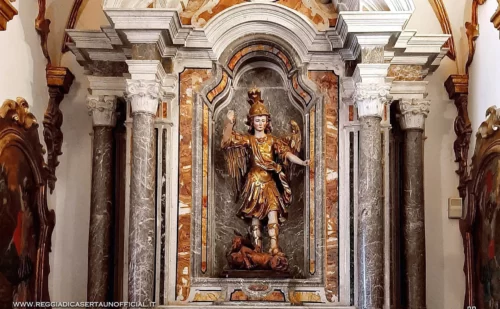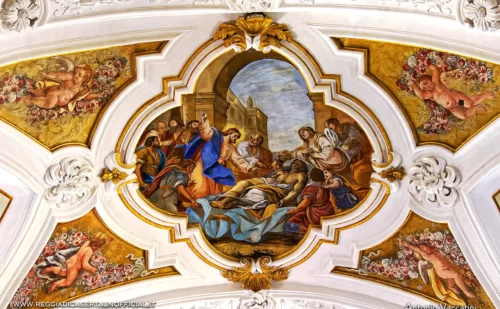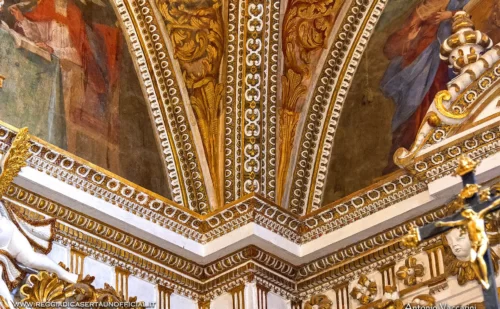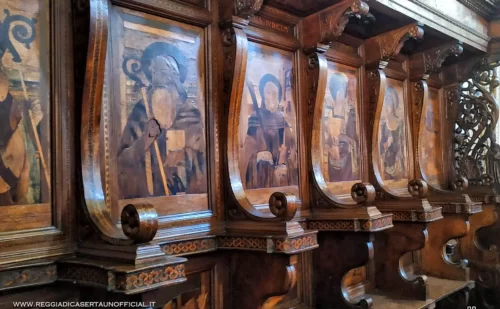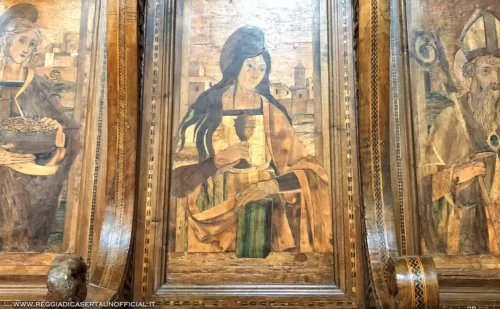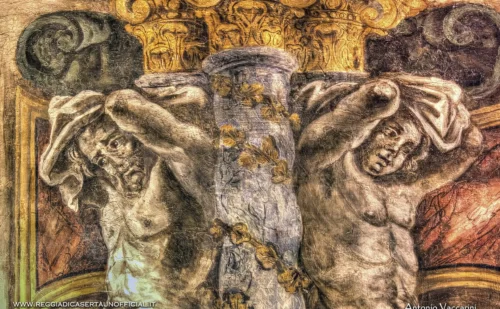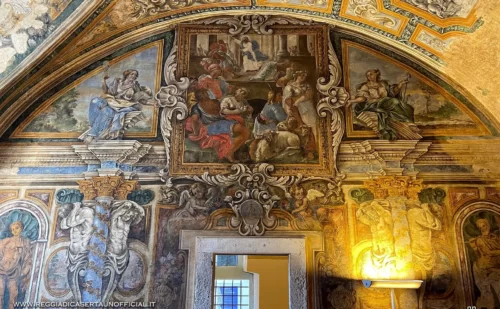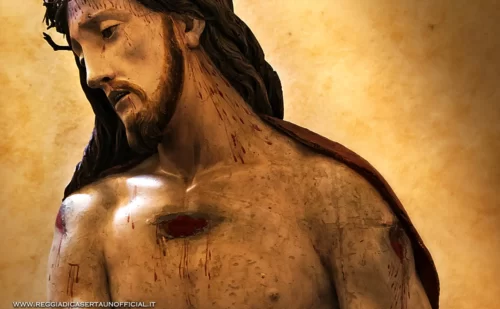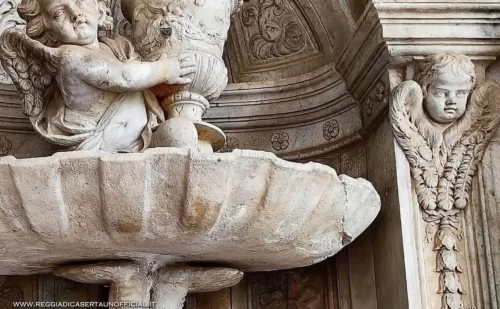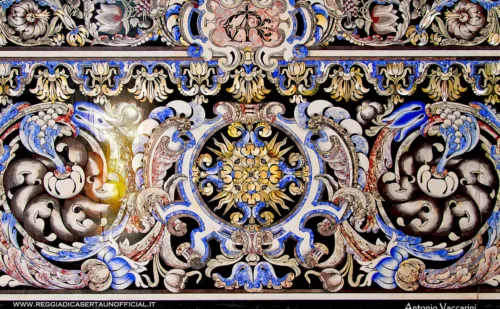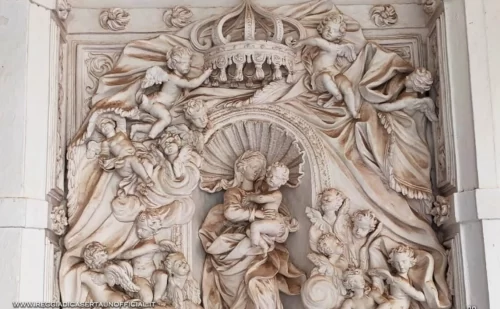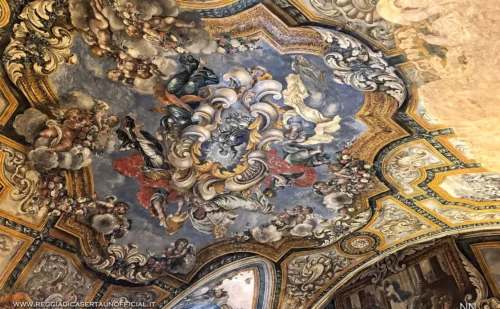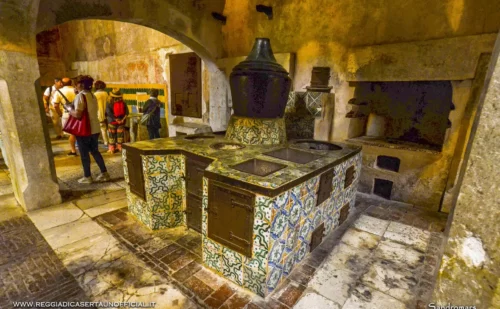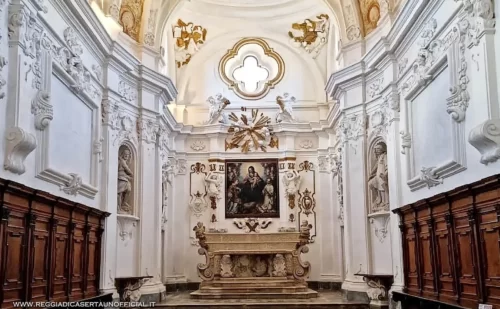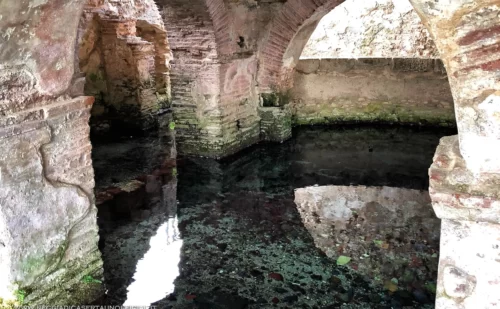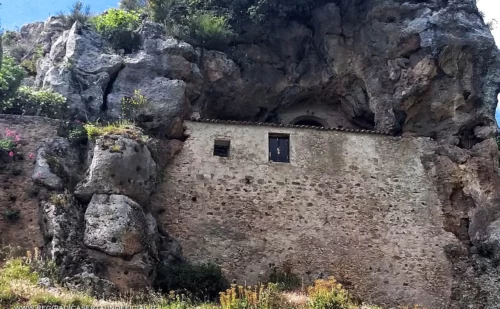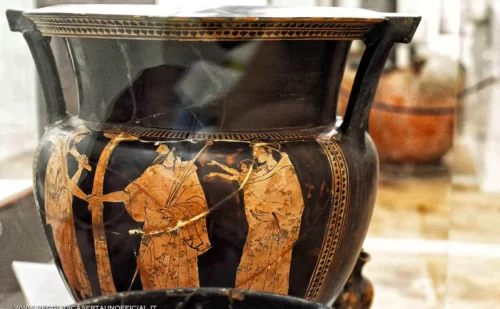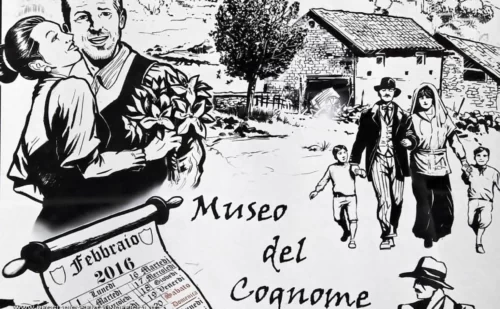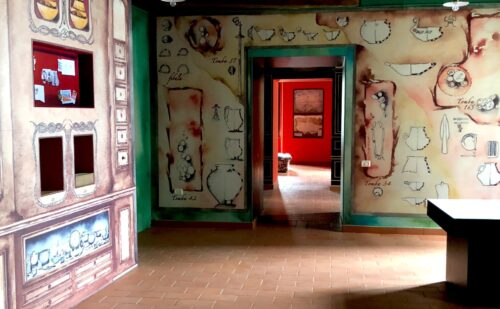The Chartreuse of Padula and the city of Padula
Discover the wonders of the Chartreuse of Padula, a Unesco heritage site, the spirituality of its hermitage and its thousand-year-old baptismal font, and its particular museums.
The Chartreuse of Padula
The extraordinary monastery of the Chartreuse of Padula, one of the largest in the world with its 51,500 square meters, is one of those places capable of reconciling with mankind, transforming misanthropy into gratitude, retracting any negative evaluation of one’s fellow humans. The incredible sense of grandeur aroused by this structure, in fact, is a testimony not only to the opulence of the Carthusian order, which expanded a previous building donated by the Sanseverinos of Teggiano in 1306, but also to the creative abilities of man: for four centuries, until the Napoleonic suppression, every limit, architectural and aesthetic, was broken. You enter from the external courtyard, where the brothers traded with the outside world and the facade (1718-23) shines in all its baroque elegance. After the guesthouse, with eighteenth-century frescoes, and the rigorous cloister (1561) made up of a portico, the loggia above and the fountain in the centre, here is the church which, despite the French raids of the early nineteenth century, keeps its magnificence intact thanks to the highly refined altars in scagliola and mother of pearl, and the two wooden choirs (of lay brothers and monks), separated by the iconostasis.
The wonders of the Chartreuse are innumerable: from the Treasury Hall to the ancient cemetery, from spacious kitchens like a luxurious apartment to the Archaeological Museum of Western Lucania (which houses vases with black and red figures and urns from nearby necropolises dating back to the 6th century BC) , the visit is an inexhaustible alternation of open and closed spaces, narrowings and sudden expansions of lines and perspectives, feelings of intimate recollection or boundless freedom. However, it is only by crossing the threshold of the hermitage area that one understands why the site is an obligatory stop on any trip to Campania: the immensity of the large cloister, built between the mid-17th century and the end of the following century, and the welcoming rooms of the monks’ cells (today adorned with works of contemporary art) inextricably link the concept of spirituality to that of beauty, as well as transmitting even to less interested travelers the seductive temptation of retreat. At the end, the elliptical staircase with two flights concludes the enthralling itinerary.
Photos of the Chartreuse of Padula
What else to see in Padula
Proceeding south, the fairy-tale beauty of the Vallo suddenly reaches its climax: the union between boundless dimensions and architectural sumptuousness of the famous Certosa, in fact, seems to spring from the inspired imagination of a poet. And between original museums, echoes of the Risorgimento and pleasant sacred places, Padula has much more to offer. Discover the spirituality of Padula!


Early Christian Baptistery of San Giovanni in Fonte
Early Christian baptistery from the 4th century AD, one of the oldest Christian baptisteries in all of the West. Its uniqueness is to have a baptismal pool equipped with a perennial spring, allowing baptism by immersion.
- OPENING DAYS: every day
- HOURS: always open
Hermitage of San Michele in the Grottelle
The hermitage has origins in the 3rd century AD. when the cult of the saint spread, but there is the possibility that it was already used as a place of pagan worship of the god Attis. There are frescoes from the fourteenth century.
- Alexander 3483414237
- Elijah 3496353929
TICKET COST: ask for information
- WEBSITE: https://www.sanmicheleallegrottelle.it/
- EMAIL: no
- PHONE: Alessandro 3483414237, Elia 3496353929
Provincial Archaeological Museum of Western Lucania
The Museum collects all the artifacts found in the area during archaeological excavations. They range from the prehistoric age to the classical era. it is located inside the Certosa
- OPENING DAYS: from Tuesday to Sunday. Closed on Mondays.
- HOURS: 09:00 - 18:45
- WEBSITE: http://www.museibiblioteche.provincia.salerno.it/
- EMAIL: museibiblioteche@provincia.salerno.it< /li>
- PHONE: 0975 77117
Museum of the Surname
Would you like to discover the history of your family genealogy? This is the place for you.
- OPENING DAYS: from Monday to Friday
- HOURS: 9:30-13 / 15:30-18:30
TICKET COST: ask for information
- WEBSITE: https://museodelsurname.it/
- EMAIL: museodelsurname@gmail.com
- PHONE: +39 3478295374, +39 3512383265
Municipal museum
Museum with a high multimedia content that tells the story of Padula and the territory, with a specialization on the Risorgimento.
- OPENING DAYS: open by reservation
- HOURS: open by reservation
- WEBSITE: https://www.padula.eu/
- EMAIL: arte@lenuvole.com
- PHONE: 081 2395653
Joe Petrosino House Museum
Joe Petrosino lived in the United States and pioneered the fight against organized crime. He was born in this house on August 30, 1860, who today traces his life through relics, original furnishings and newspaper clippings of the time.
- OPENING DAYS: from Wednesday to Sunday, or by reservation
- HOURS: 11:00-17:00
- WEBSITE: http://www.joepetrosino.org
- EMAIL: info@joepetrosino.org
- PHONE: 0975081009
Book a guided tour of the Chartreuse of Padula
Documentaries
Discover the Chartreuse of Padula in these documentaries
